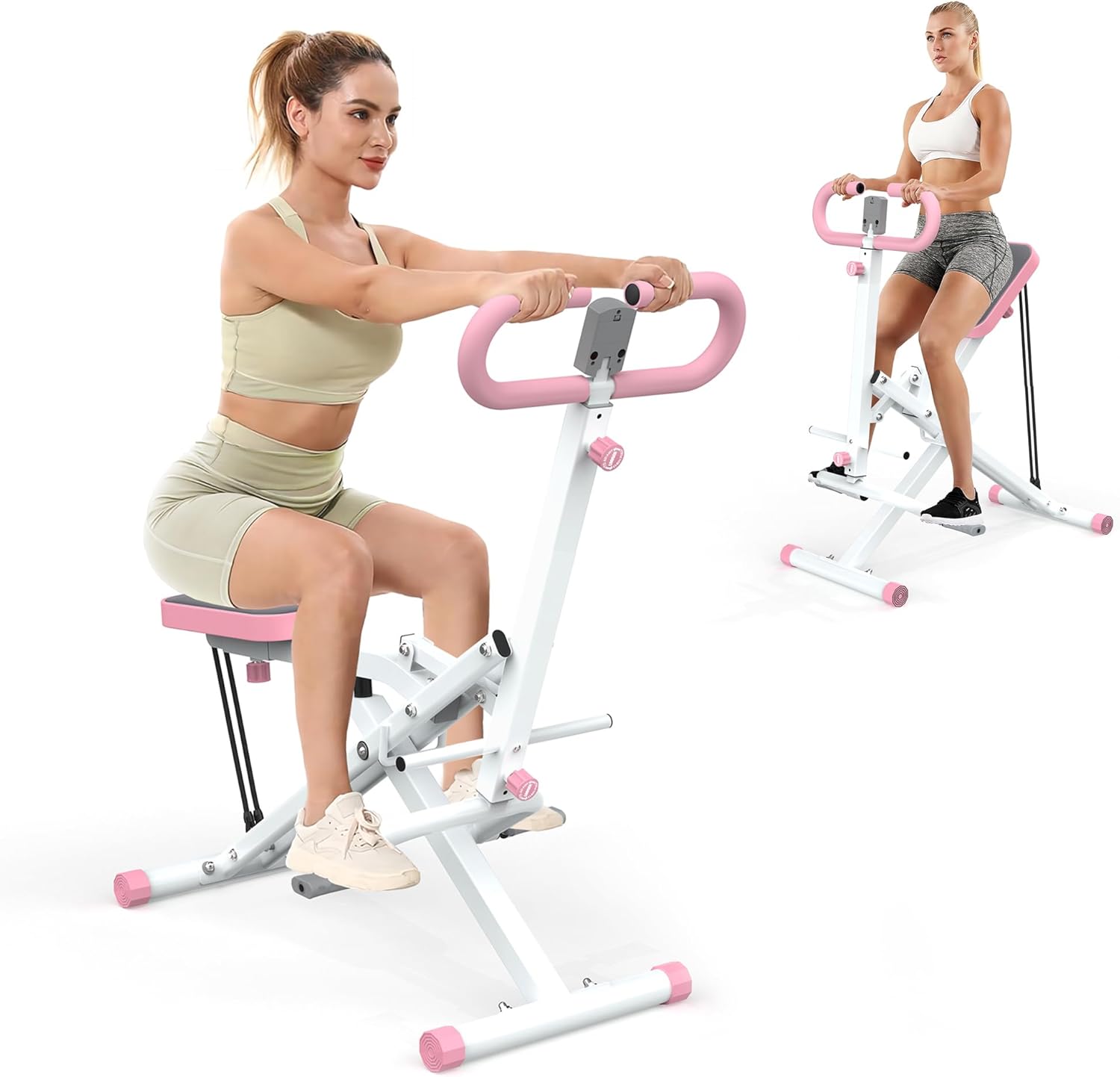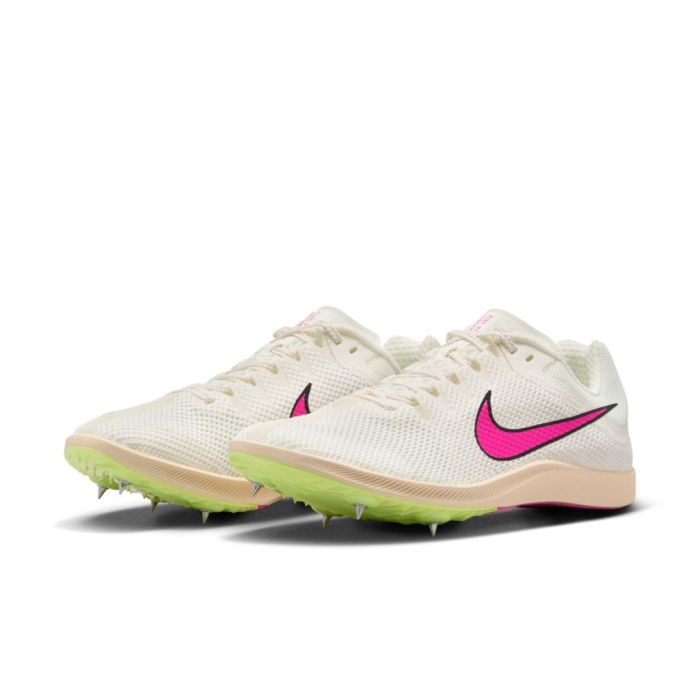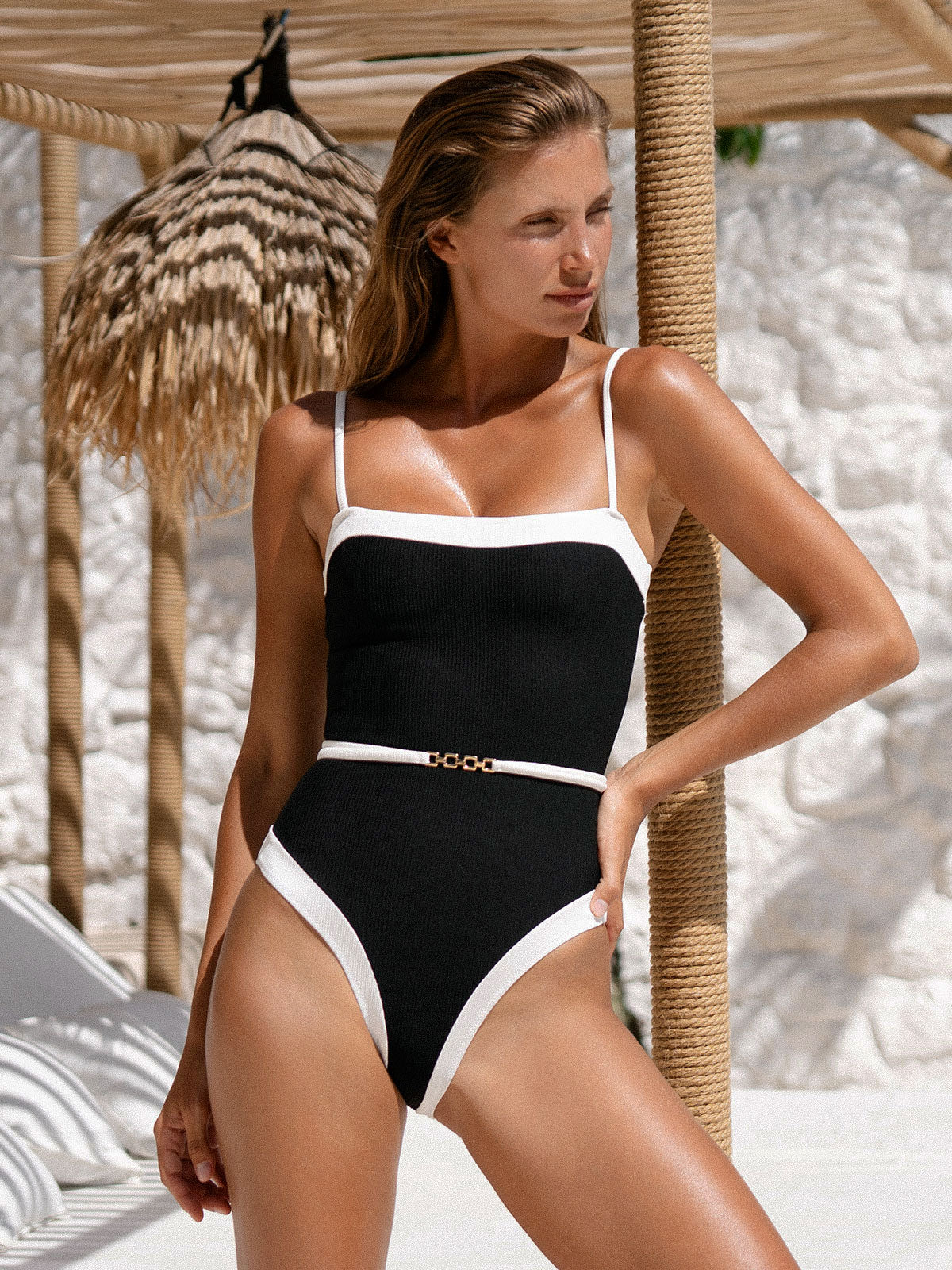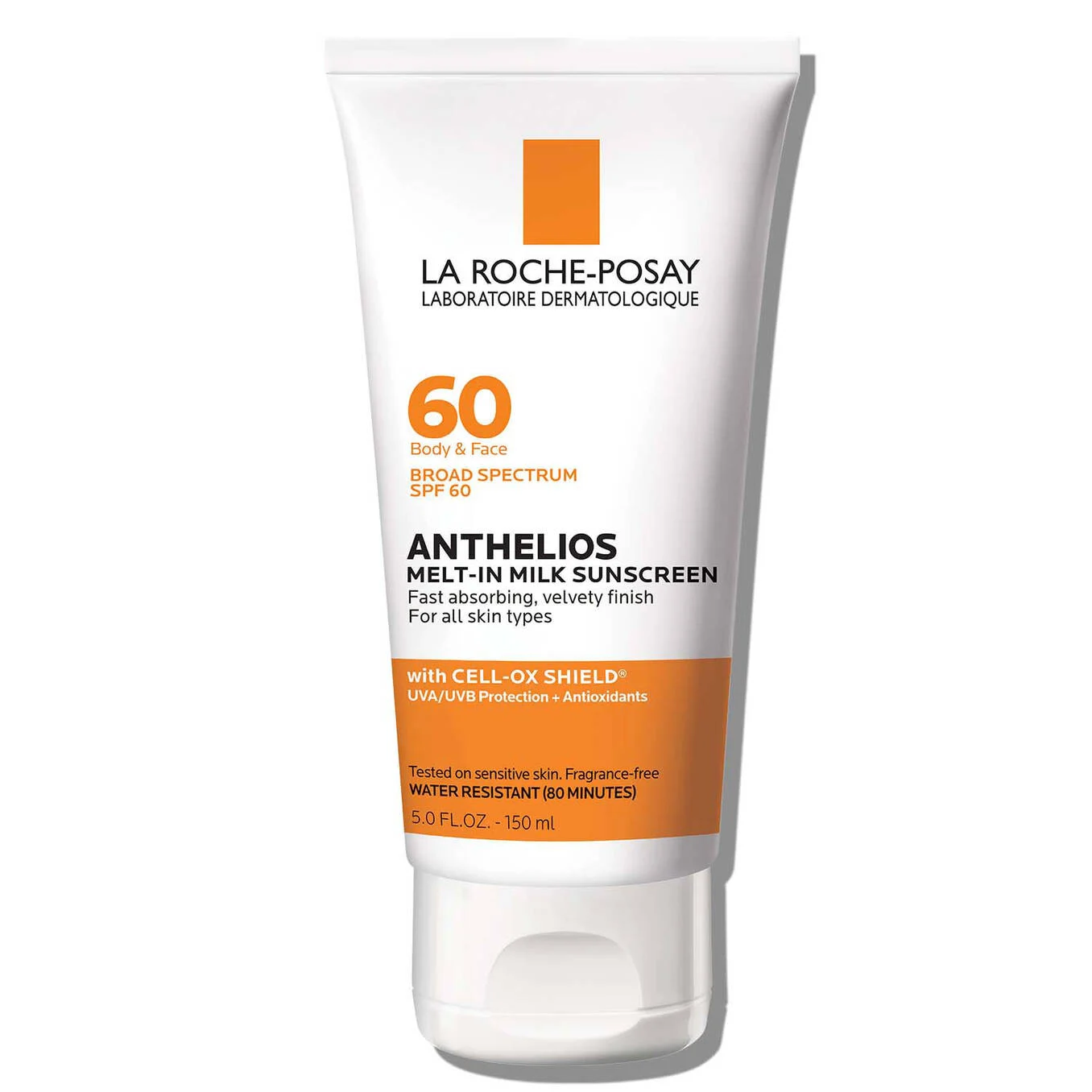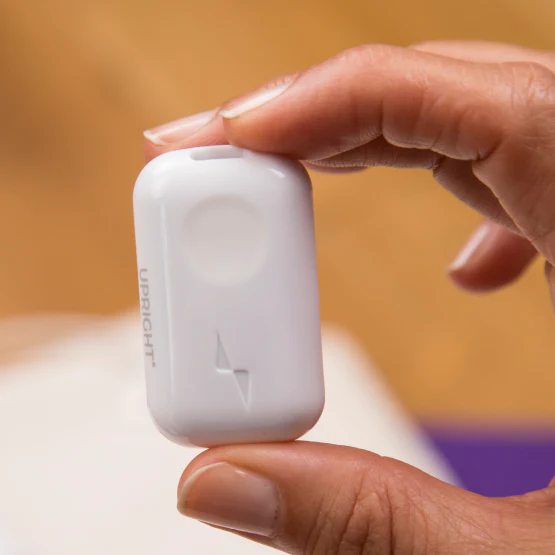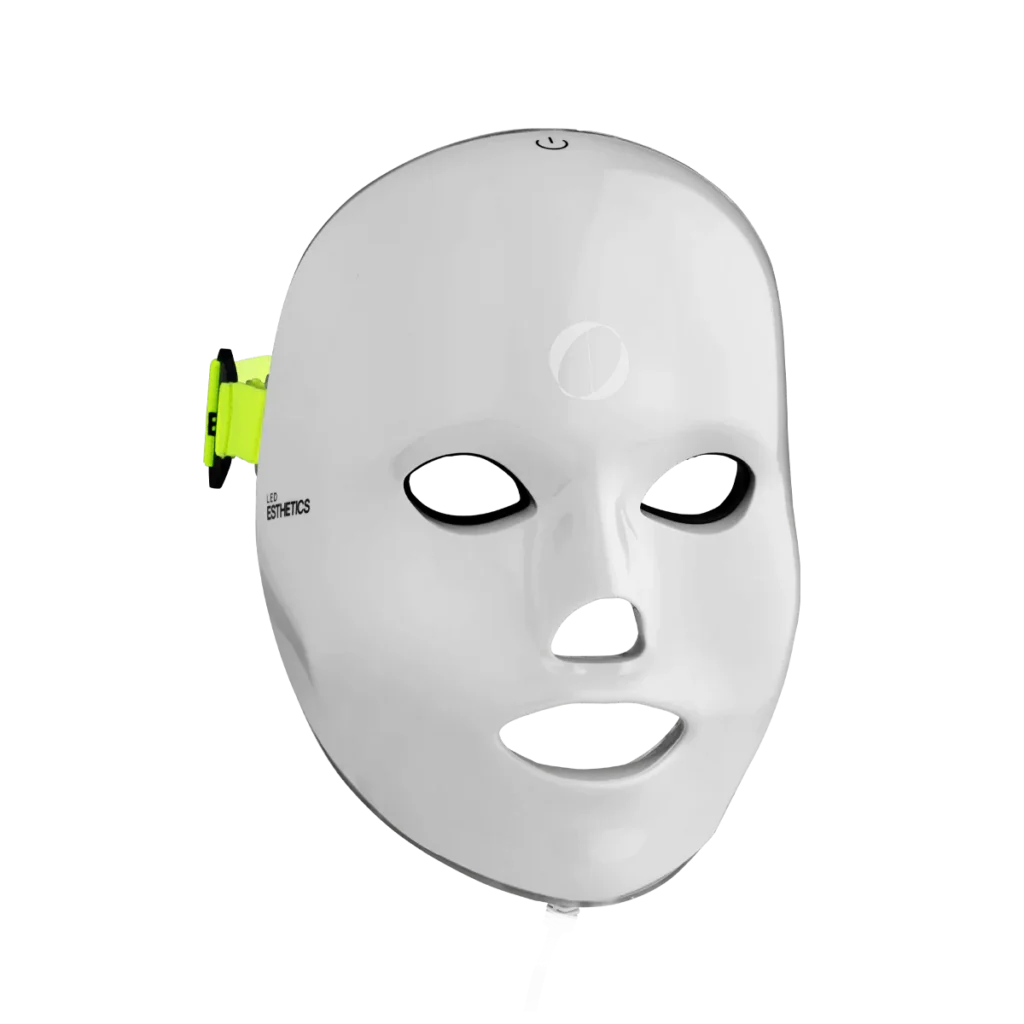Bulky gyms and intimidating free-weight setups often deter people from focusing on lower-body strength. Many at-home squat methods—like bodyweight squats or makeshift squat racks—lack stability or adjustable resistance, leading to improper form and suboptimal results. Knee discomfort, wavering balance, and limited muscle engagement can frustrate attempts to sculpt the glutes, quads, and hamstrings effectively without professional supervision.
In this article, you’ll discover how the Squat Machine for Home Squat Ride tackles these obstacles, providing a sturdy, adjustable platform to perform smooth, guided squat and leg press movements. You’ll learn why its ergonomic design reduces joint strain, how customizable resistance levels accommodate different fitness stages, and practical tips for integrating it into your daily routine—maximizing strength gains with minimal risk.
Shop Squat Machine for Home Squat Ride
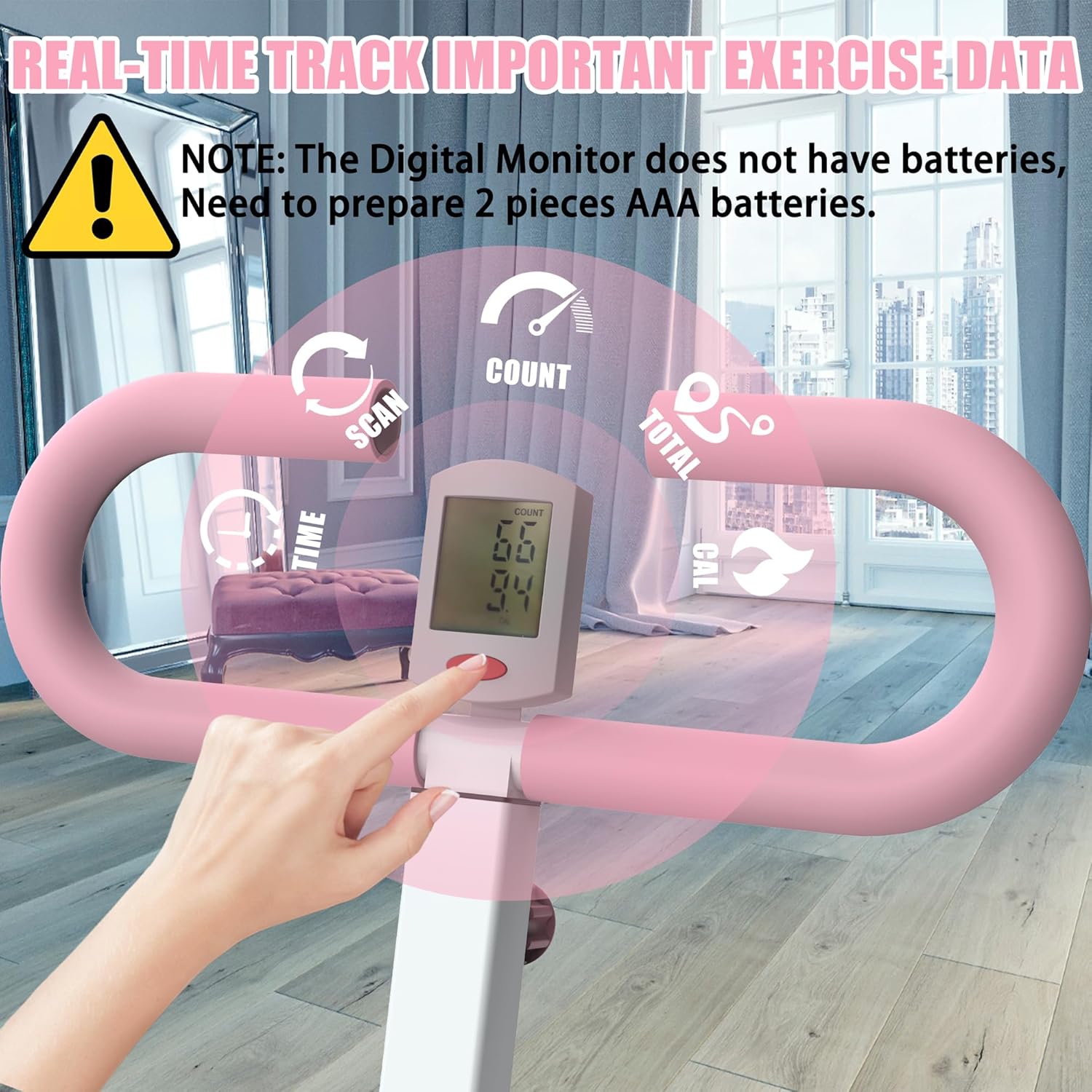
Guided Squat Motion Ensures Proper Form and Safety
Improper squat form—rounded back, knees caving in, or leaning too far forward—can lead to injuries in the lower back, knees, and hips. The Squat Ride machine addresses these concerns by providing:
- Fixed Pathway Rails: The machine’s rails guide your footplates in a smooth up-and-down trajectory, preventing lateral drift. This ensures your knees track properly over toes, minimizing stress on ligaments and joint capsules.
- Adjustable Seat and Footplate Angles: Cushioned seat pads and footplates tilt to accommodate different leg lengths and foot sizes, promoting a neutral spine and stable hip alignment. By maintaining correct posture, you engage the entire lower chain—glutes, quadriceps, and hamstrings—rather than overloading joints.
- Integrated Backrest and Hip Pad: The backrest supports your lumbar curve, while a padded hip pad fixes your pelvis in place. This combination reduces compensatory leaning or arching that often occurs when squatting with heavy loads, promoting safer muscle-targeted activation.
This guided mechanism makes it virtually impossible to stray from safe movement patterns, letting both beginners and seasoned lifters focus on maximizing muscle engagement instead of worrying about balance or form—especially beneficial for those recovering from injuries or new to resistance training.
Customizable Resistance for Progressive Strength Gains
One major hurdle for home strength equipment is offering sufficient progression. The Squat Ride machine solves this by incorporating:
- Adjustable Resistance Bands: The base unit features a set of four interlocking bands, each providing incremental resistance from 10 to 50 pounds. Stack multiple bands to scale up load—from light activation sets to heavy strength work—without needing extra weight plates.
- Simple Band Attachment System: Bands attach via secure metal hooks to the footplate. Swapping bands takes seconds, enabling you to incrementally increase resistance by 5–10 pounds as your strength improves.
- Progress Tracking Indicators: Digital dials next to each band slot let you record which band combination you used—helping to monitor load progression over weeks. By logging workouts, you ensure that you’re systematically overloading muscles to achieve continuous development.
Because resistance bands apply constant tension throughout the entire movement, you benefit from improved mid-range and end-range muscle engagement, addressing weaknesses that free weights alone often miss.
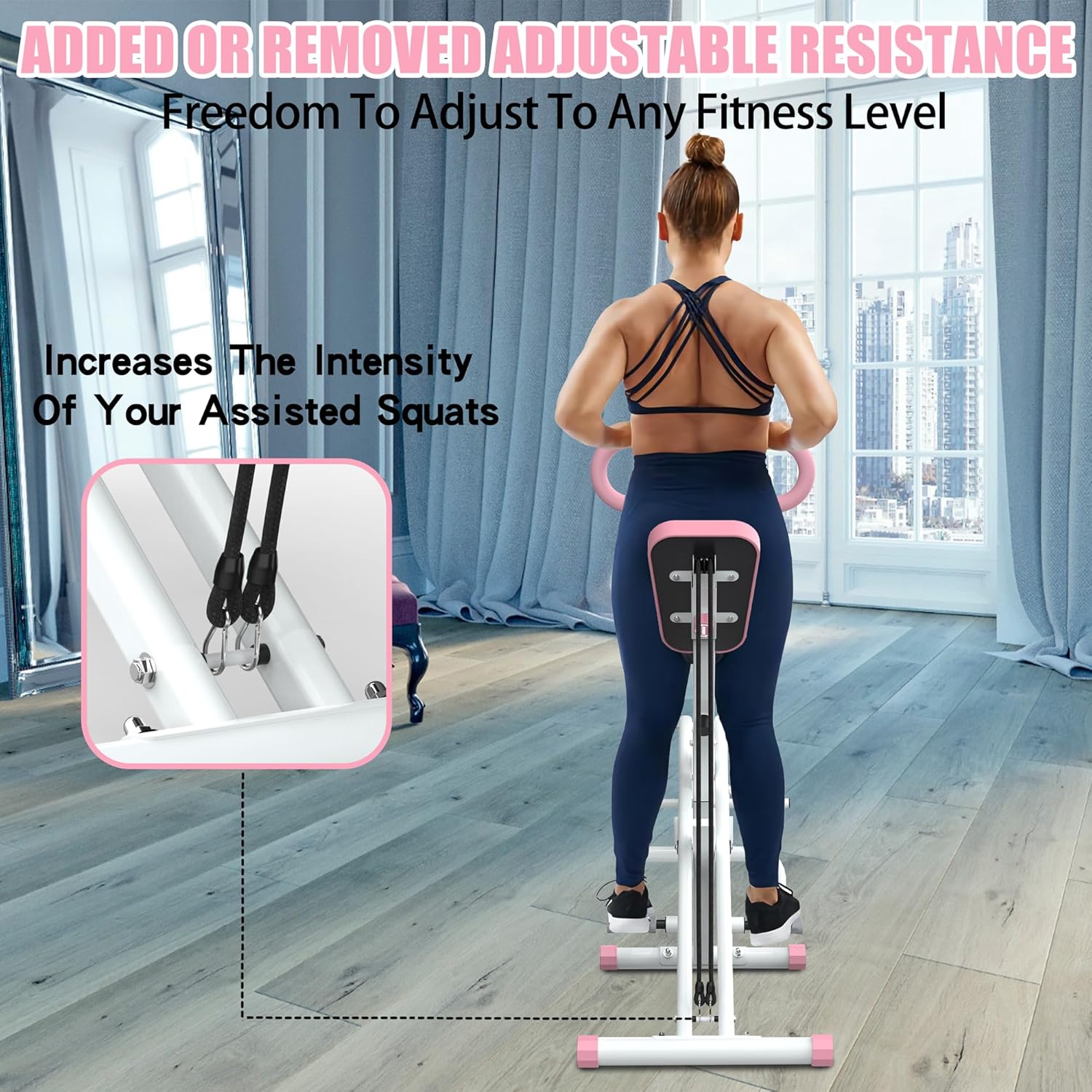
Compact Design Fits Any Home Gym
Space constraints frequently deter people from purchasing specialized equipment. The Squat Ride machine is engineered with compactness and convenience in mind:
- Foldable Footplate Assembly: When not in use, the footplate folds vertically, reducing the machine’s footprint to just 2.5 feet (width) × 1.5 feet (depth). This allows it to tuck neatly into a closet, under a bed, or beside a sofa—even in apartments.
- Wheeled Base for Easy Maneuvering: Small locking casters under the unit let you roll it into position or move it out of the way in seconds—no heavy-lifting required.
- Minimal Weight (Approx. 50 lbs): At just 50 pounds, a single person can reposition the machine for storage or reconfiguration of their workout space without additional help.
These design choices transform the Squat Ride into a genuinely home-friendly piece of equipment—no garage or dedicated room required. It’s perfect for living rooms, home offices, or bedrooms, accommodating busy lifestyles without compromising performance.
Shop Squat Machine for Home Squat Ride
Effective Lower-Body Workouts for Targeted Muscle Groups
With the Squat Ride machine’s guided motion, you can perform a range of exercises to target specific lower-body muscles:
- Standard Squat (Quad & Glute Focus):
- Setup: Attach two 20-pound bands. Adjust footplates to hip width. Sit on the pad, lean forward until feet are flat.
- Execution: Push through heels to stand until legs are nearly straight but glutes remain engaged. Pause for 1–2 seconds at the top, then slowly lower until knees align with toes.
- Reps/Load: 3 sets of 10–12 reps at moderate resistance for hypertrophy. Increase load by adding a band every 2–3 weeks.
- Sumo Squat (Inner Thigh and Glute Emphasis):
- Setup: Widen footplates to outside shoulder-width; point toes slightly outward. Use two 15-pound bands.
- Execution: Lower into a squat, focusing on pressing through inner heels. Keep knees tracking over angled toes. Drive upward through glutes to stand.
- Reps/Load: 3 sets of 12–15 reps for improved hip adduction strength and glute activation.
- Calf Raise (Calf Isolation):
- Setup: Stand in squat position with two 10-pound bands attached. Raise heels to stand on toes, squeezing calves at the top.
- Execution: Lower heels slowly until ankles are fully stretched. Keep core engaged and back against the pad.
- Reps/Load: 4 sets of 15–20 reps. Progress by switching to higher-tension band or increasing range of motion by placing toes on a small mat.
- Glute Bridge (Hip Extension Focus):
- Setup: Rotate footplates to horizontal alignment. Attach two 10-pound bands. Lie supine with feet on plates and head on the backrest.
- Execution: Press through heels, lifting hips until torso aligns with knees. Squeeze glutes firmly, then lower slowly.
- Reps/Load: 3 sets of 15–20 reps for enhanced hip mobility and posterior chain strength.
These movement options—combined with progressive band resistance—enable comprehensive training of quads, hamstrings, glutes, and calves, rivaling the effectiveness of gym-based machines.
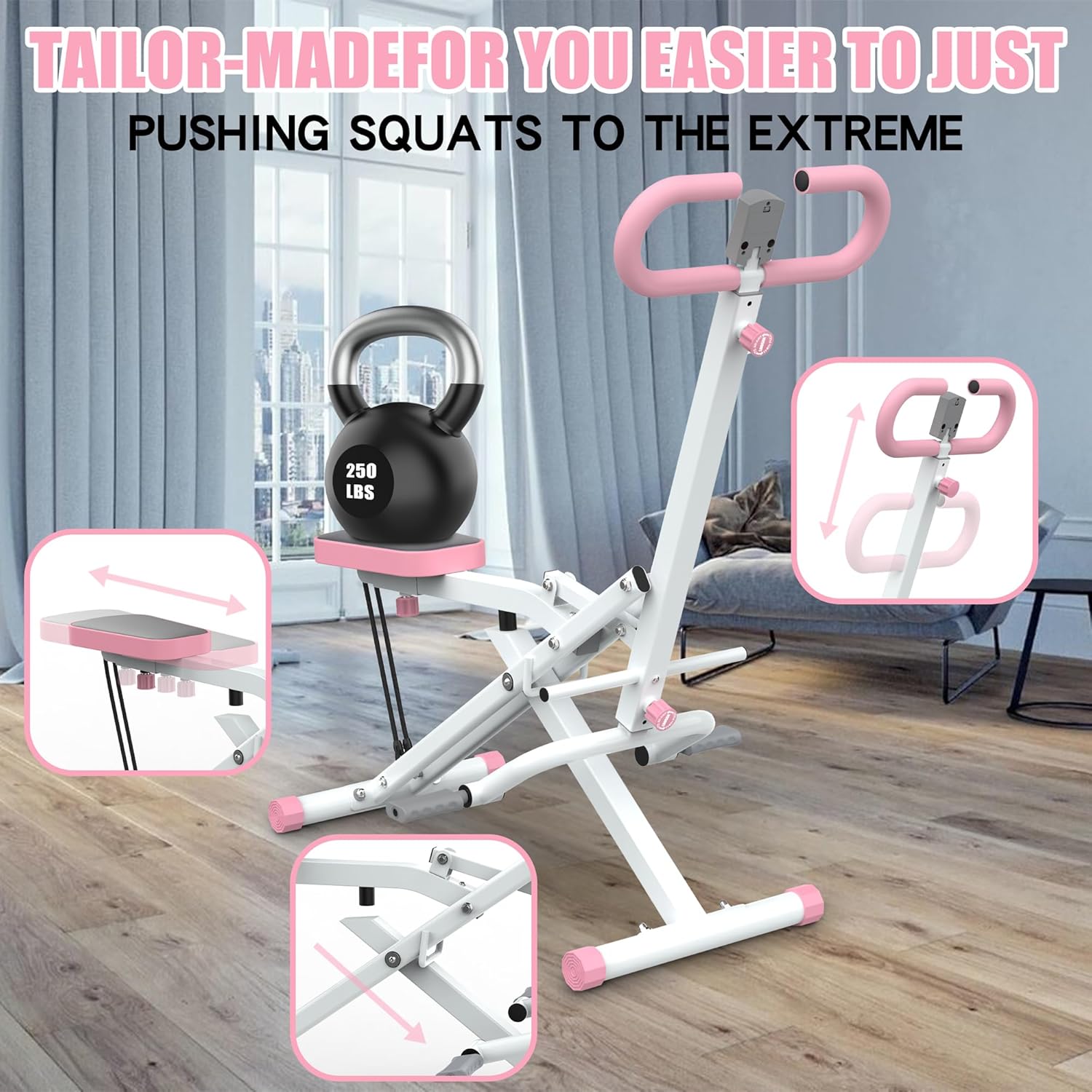
Conclusion
For anyone seeking a compact, guided, and adaptable lower-body training solution, the Squat Machine for Home Squat Ride excels. Its ergonomic design enforces proper form, adjustable band resistance fosters progressive overload, and space-saving foldable construction fits seamlessly into any home. By integrating effective squat variations, glute bridges, calf raises, and sumo stances, this single unit replaces multiple bulky machines—empowering you to build strength, improve stability, and refine muscle definition without leaving your living room. Elevate your home fitness journey with the Squat Ride machine and reap the benefits of gym-level results in a fraction of the space.
Shop Squat Machine for Home Squat Ride
FAQ
- What weight resistance does the Squat Ride machine provide?
The machine uses interlocking resistance bands ranging from 10 to 50 pounds each. Users can combine up to four bands for a maximum of 200 pounds of resistance—suitable for beginners through advanced lifters. - How much space does the machine require when folded?
When folded, the footprint reduces to approximately 2.5 feet (width) × 1.5 feet (depth), allowing storage under beds, in closets, or behind furniture. - Is assembly required?
Minimal assembly is needed: attach the foldable footplate, insert the resistance band hooks, and snap on the backrest. Instruction manual and mounting tools are included; total setup time is roughly 15 minutes. - Can I perform upper-body exercises on this machine?
While primarily designed for lower-body, creative modifications allow seated rows or shoulder presses by adjusting footplate orientation and using resistance bands as handles. However, its core function remains squat and leg-press styling. - Is the machine safe for users with knee issues?
The guided rails and adjustable foot angles reduce undue stress on knee joints. Beginners with knee concerns should start with lighter bands (10–15 pounds) and shallow squat depths, progressing as tolerated. Consult a physician if you have severe knee conditions. - How do I change resistance levels quickly?
Each band connects via metal carabiners to designated hooks on the footplate. To change load, unclip one band and reattach a different tension—taking under 10 seconds. The machine’s clearly numbered band slots and labels streamline adjustments. - What materials compose the footplate and backrest?
The footplate uses high-density, non-slip rubber over steel rails. The backrest features a thick foam pad with a durable vinyl cover—both designed for comfort and easy cleaning. - Can multiple users share one machine?
Yes. The adjustable bands and modular setup accommodate different body sizes and strength levels. Simply swap bands to match your fitness needs; no separate calibration or costly weight plates are required.


